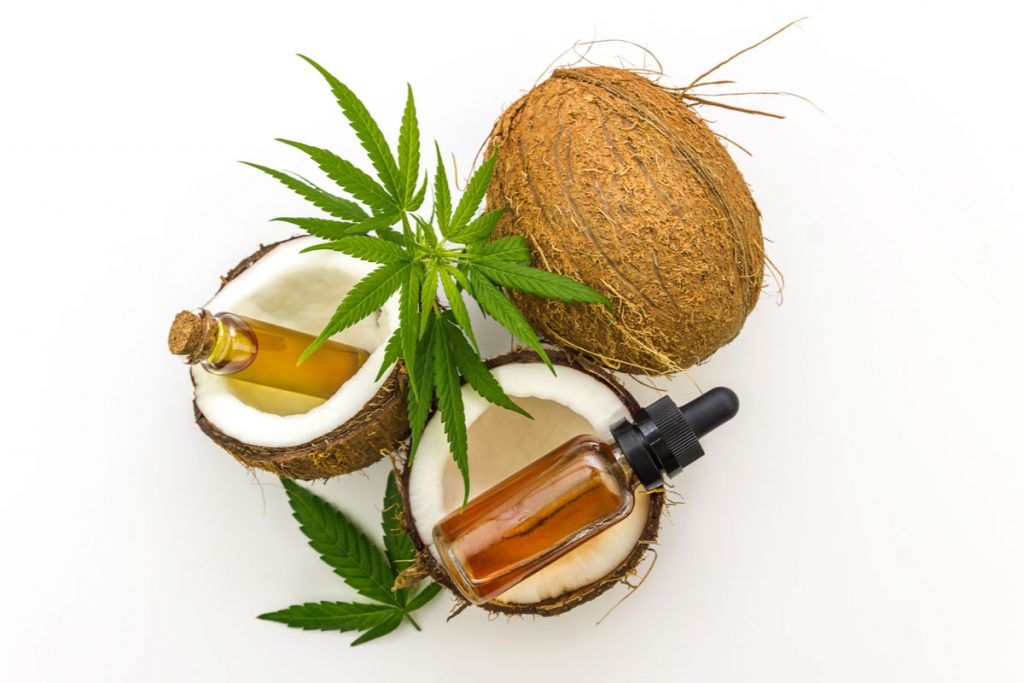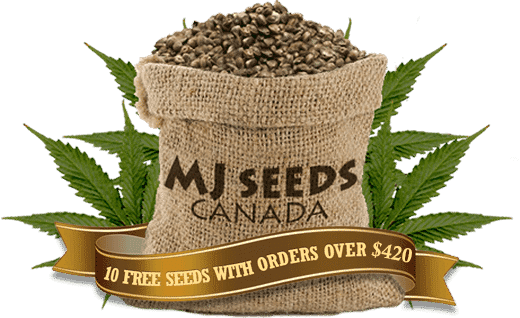
Cannabis coconut oil is as slick as creamer and as powerful as coffee. Therefore, these two elements make a sophisticated yet elegant compound. If you are finding ways to enhance the tastiness of your marijuana? It is effortless as counting one, two, and three.
Cannabis Coconut Oil is a versatile food supplement that gives a surprising way of medication with cannabis. It can be eaten by itself or utilized in baking, frying, and as a dressing. Chefs can replace cannabis coconut oil in almost any dish that includes vegetable oil, butter, and shortening. Ingesting cannabis coconut oil instead of smoking, gives lasting effects on the patient’s health and well-being.
To acquire the medicinal effects of cannabis in dishes, you must extract the oil from raw marijuana, turning it into a fat-soluble oil that can be infused with any recipes you might like. Read further down below if you want to learn how to make cannabis coconut oil.
You are probably wondering why you should choose coconut oil to pair with cannabis oil?
Remarkably, Coconut oil is retailed as a beneficial health food all over the world. The rare composition of fatty acids in coconut oil may have useful results on your health, such as improving fat loss, preventing heart-related diseases, and helping brain function tremendously.
That is why coconut oil is one of the best complementary addition to cannabis oil, widening the benefits in terms of health, wellness, and brain functionality.
Benefits of Cannabis coconut oil
CBD or Cannabidiol is a naturally-occurring compound found in cannabis. They are responsible for many health benefits, such as managing pain, inflammation, appetite, and many more.
There are over 100 cannabinoid compounds found in a cannabis plant, CBD and THC are the most active and well-studied.
THC or tetrahydrocannabinol is the other active compound found in cannabis that is responsible for psychoactive effects such as “high”.
This distinctiveness makes CBD a captivating option for those who are finding ways to ease pain and other manifestations without the psychoactive effects of marijuana or other medicinal drugs.
Cannabis coconut oil aids to relieve pain, fight against cancer, boosts the immune system, enhance perception, lessens inflammation, raise metabolism, and safeguard the heart’s well-being. Lauric acid, a fatty acid originated in coconut oil, when combined with cannabis oil, generates results that are more significant.
How to use cannabis coconut oil
There are numerous methods to make use of your Cannabis Coconut Oil mixture. From sugary consumables to healthy dishes, Cannabis Coconut Oil is full of surprises. You can actually mix it in your cup of coffee every morning. However, be cautious, cannabis coconut oil is like dynamite; it can explode your mind. Do not forget to drink this oil with much care. You can replace milk, butter, and any other dairy products with cannabis coconut oil.
The process of making a cannabis coconut oil is so easy. All you have to do is prepare a hotpot, some coconut oil, and an extracted cannabis oil. Mix them in a hot pot, then store.
Ingredients for the Cannabis Coconut oil recipe are the following:
Depending on your preferable volume of choice, here is an example of the ingredients and equipment needed to make Homemade Cannabis Coconut oil.
Ingredients:
- Coconut oil, unprocessed and cold-pressed.
- Premium dried marijuana or marijuana flower
- Water
Materials:
- Slow cooker
- Metal strainer
- Cloth
- Gauze
- Cannabis Grinder
- Cooking thermometer
Procedure:
Step 1: You have to crush your marijuana into bits; you can involve the whole plant and the flower, depending on the way you want it to be. Beware of anything small or tiny that can get right through your metal strainer; it can be mixed with your outcome. Crush your marijuana cautiously. Do not grind it until it becomes powdery.
Step 2: Heat-up your cooker while mixing cannabis and coconut oil in it on low-fire for a couple of hours. Let it sit there for a couple of hours to allow decarboxylation (activation of THC) without destroying the actual ingredients. Ensure that you are on the lowest setting of the heat; if cannabis compounds are burnt, you cannot feel their therapeutic effects.
Cooking both of them can be done in many ways; you can either cook them in a slow cooker for around 4 to 6 hours. Double boiler for six to eight hours or simply cook them in a saucepan for 2 to 3 hours. Regardless of which cooking style you choose, continuously stirring them is necessary. To avoid burning them, add a few drops of water. A golden reminder never let the temperature exceed 245F.
Step 3: After the cannabis and coconut oil are combined, take out your sieve cloth, or some say cheesecloth, then slowly pour all the mixed materials and let it run through the strainer. Do not squeeze, just let it flow through, or else chlorophyll will overwhelm your oil. The remains of the plant can be disregarded unless you have all the resources to make use of it on other delightful recipes. Its lifespan can last up to two months, and longer if you store it in a refrigerator.
How to Use Cannabis Coconut Oil
Once you have created your cannabis coconut oil, the opportunities are countless!
- To make your own cannabis coconut oil-infused topical, mix them with aloe and beeswax.
- Substitute your typical oil if you plan to make baked products or food.
- For easy dosing, you can put your cannabis coconut oil in capsules.
- You can also infuse your favorite latte with cannabis coconut oil.
Conclusion
You have just produced a set of pure cannabis coconut oil on your own, and now you have all the right to do whatever, whenever, wherever dishes, and recipes that suit you the most! This calls for a celebration! Make use of the oil in cookies, or make a delightful serving of brownies.
When you complete the combination of cannabis coconut oil, there are limitless possibilities of utilizing such a fantastic product. It is an easy and exciting way to prepare; cannabis coconut oil is a delightful recipe that you can all taste and enjoy. Cannabis coconut oil is a great way to consume cannabis for people who don’t want to associate themselves with the psychoactive effects of THC.



